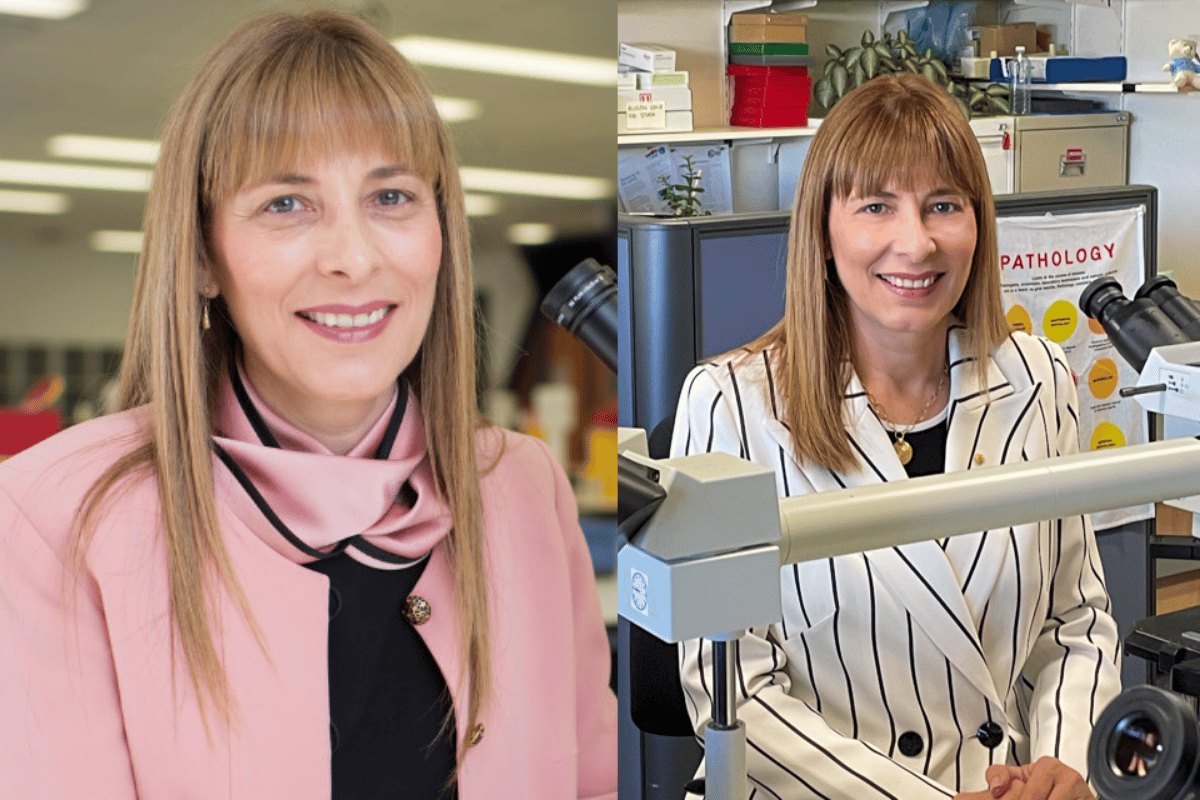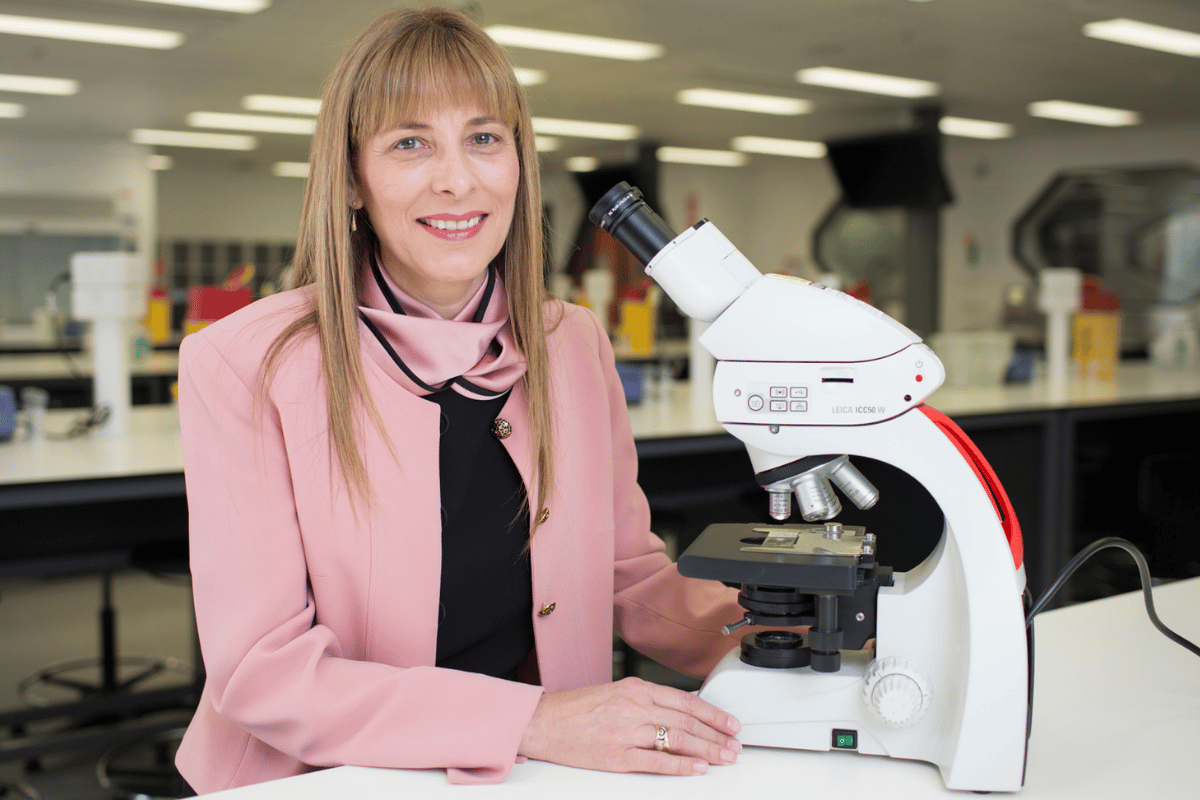
Content warning: This story includes discussions of child loss that may be distressing to some readers.
For more than 30 years, Professor Jane Dahlstrom OAM has been conducting autopsies, uncovering much-needed answers for grieving loved ones.
It's a job she is incredibly passionate about, a job that requires a careful balance between science and emotion.
Interestingly, it's also a job that fascinates a lot of people, many of us only seeing the realm of autopsies through the lens of crime drama TV shows and movies. But according to Prof Dahlstrom, there's far more to it than what's seen in popular culture.
"I think we're often falsely seen as quite cold and analytical. But in reality, we take incredible care. It's a privilege to try and uncover the full truth."
Watch: Parents who have lost a child answer questions. Post continues below.
Prof Dahlstrom is a Perinatal Pathologist, specifically, meaning a large part of her work is around fetuses.
"We examine the tissues of the pregnancy, from the placenta, to the embryos and fetuses. It's about trying to uncover why the baby died. Could the problem recur in another pregnancy? Could it have been avoided or prevented? It's those sorts of questions that we desperately want to answer for the family, and that's always been a strong motivator," she tells Mamamia.
